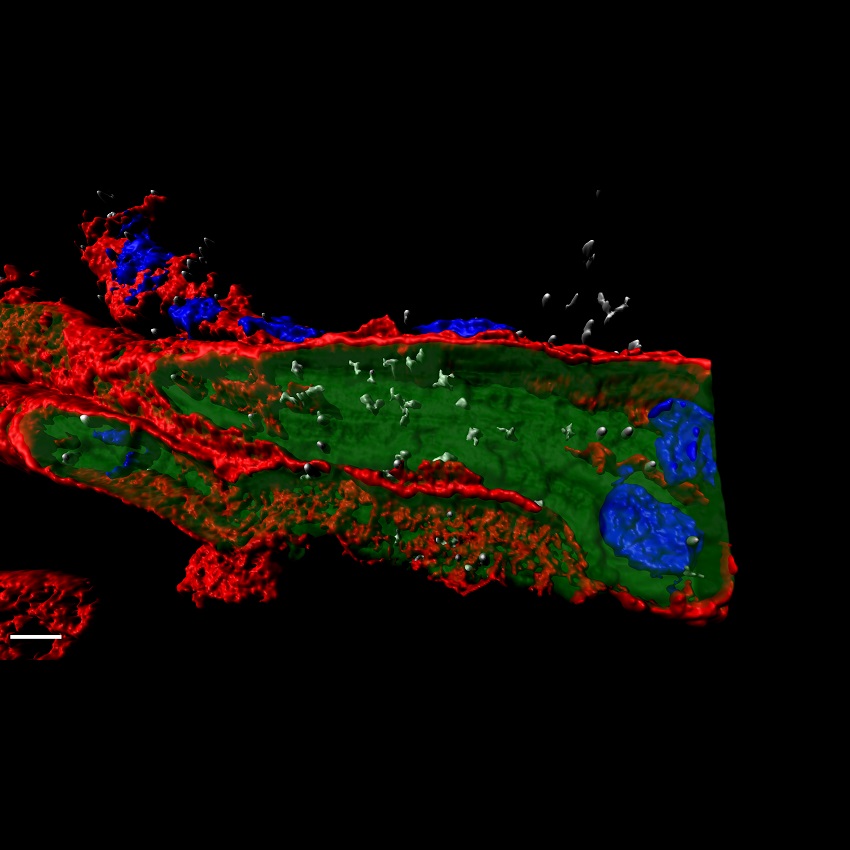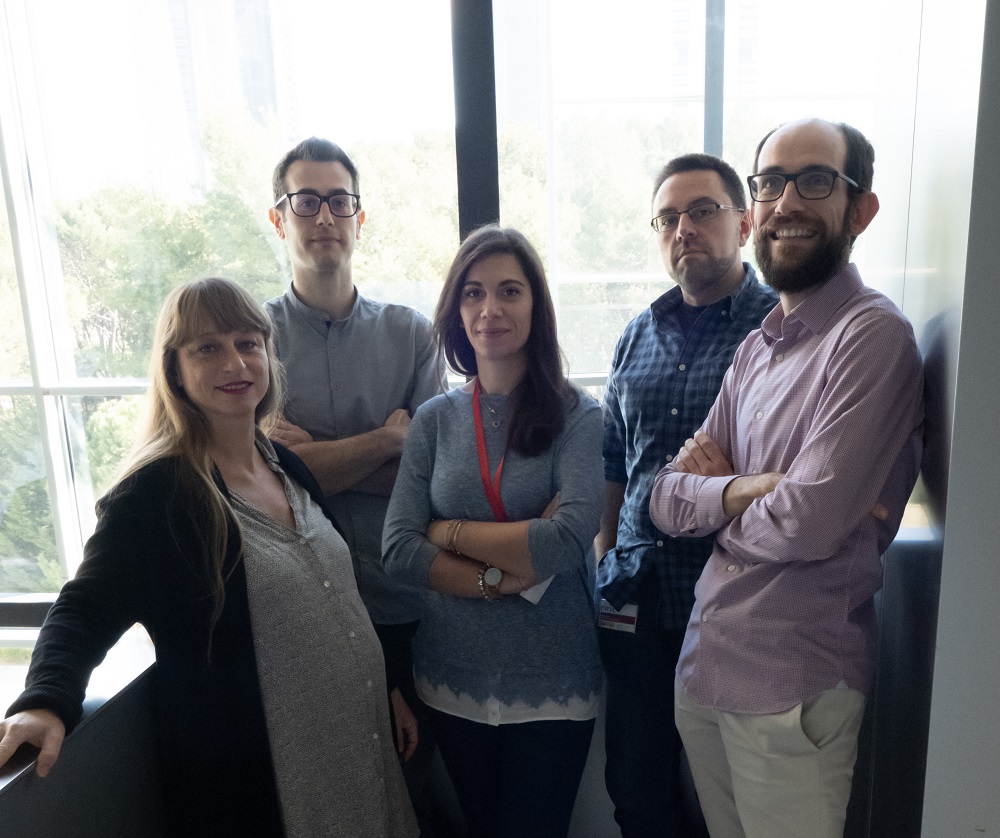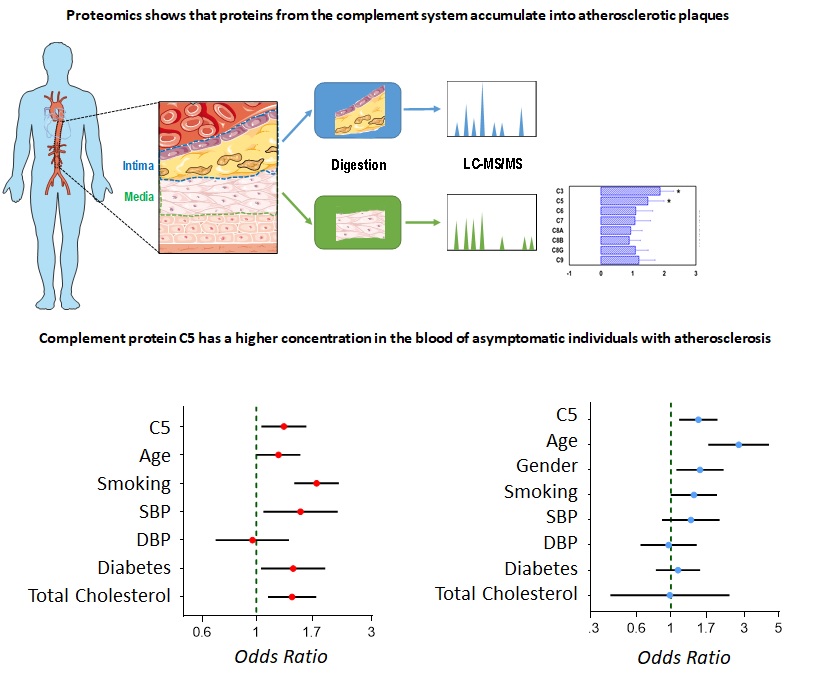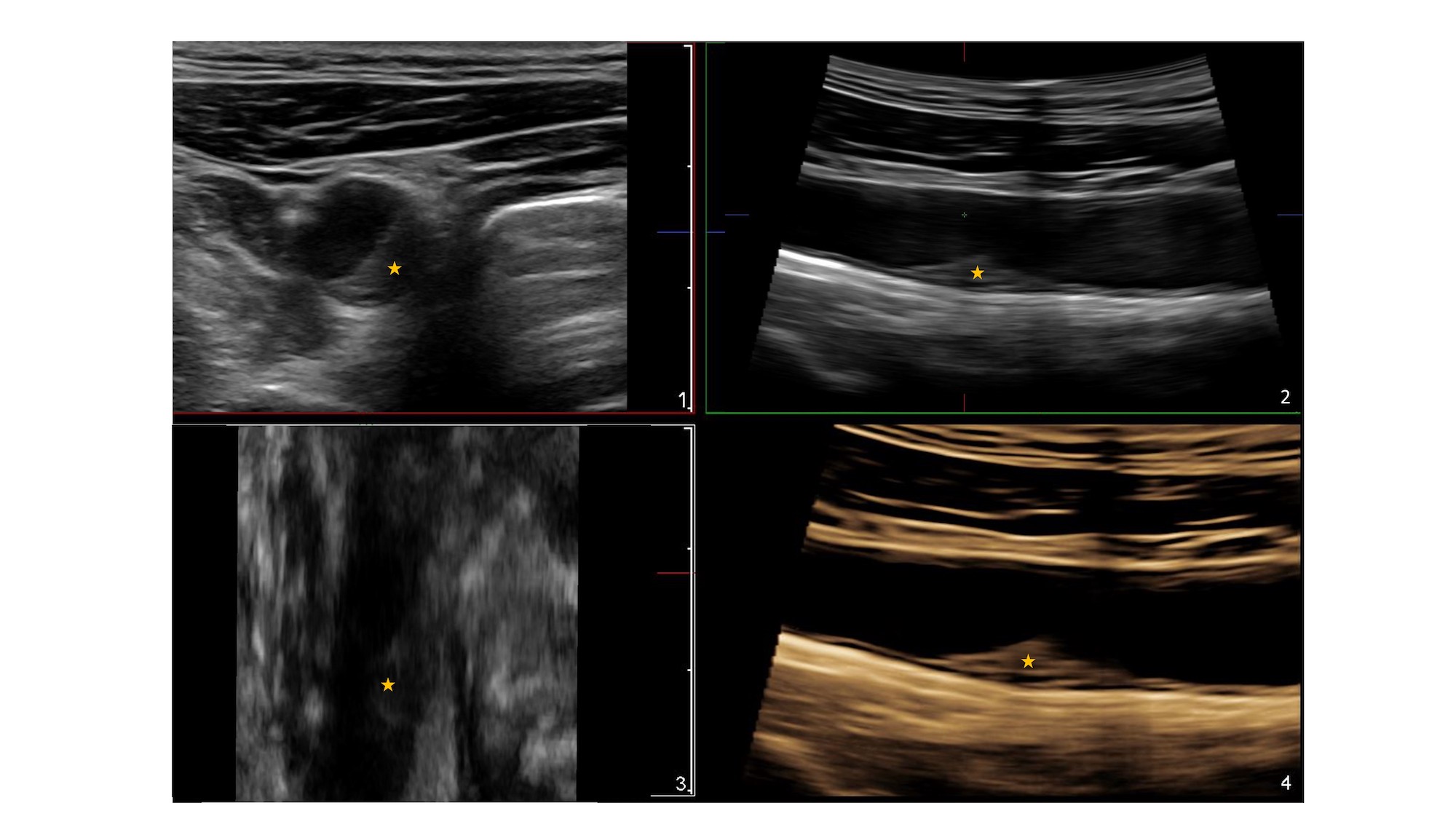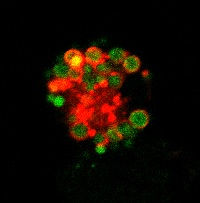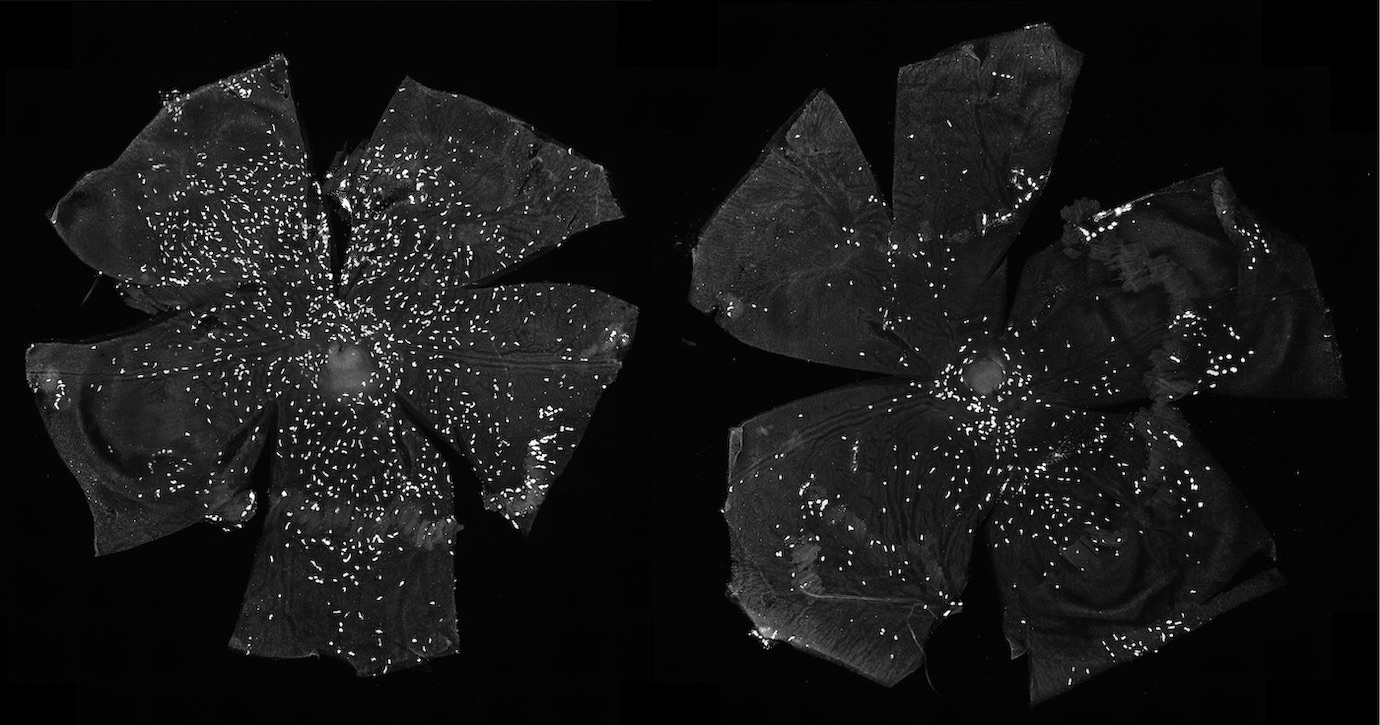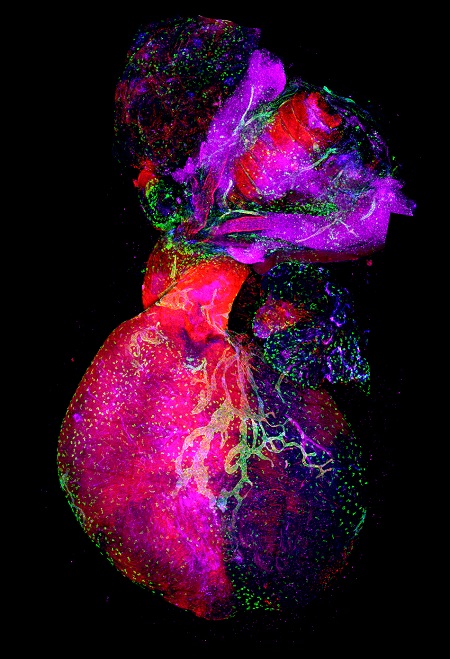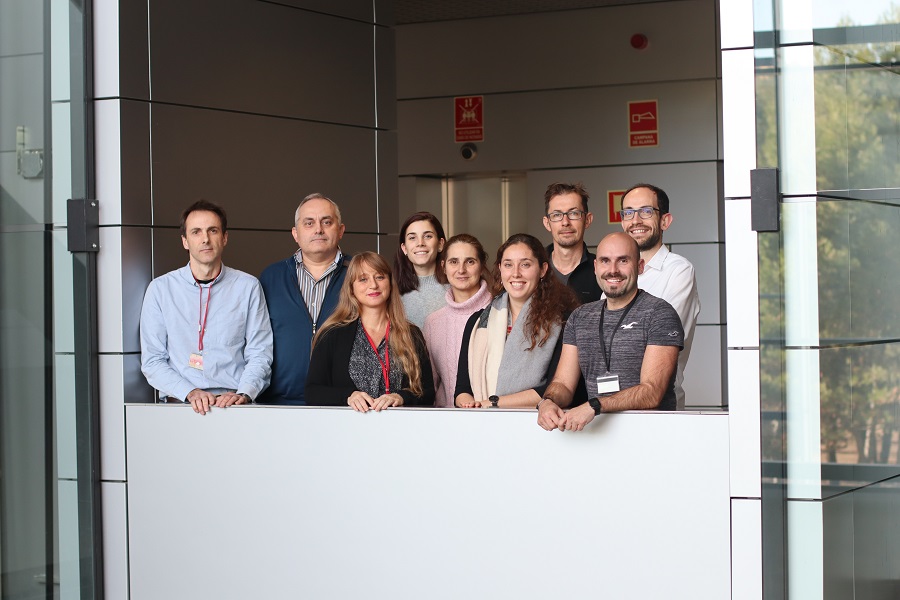News search
|
Research 4 May 2020 The study shows that the replication of flu virus particles infecting the heart blocks the transmission of cardiac electrical impulses |
|
Research 28 Apr 2020 CNIC scientists, working with international partners, have developed a new experimental mouse model that allows them to study how cells sense, interpret, and generate mechanical forces |
|
Research 21 Apr 2020 The study, published today in JACC, shows that activation of the complement system is one of the most characteristic molecular changes taking place in the early stages of the development of atherosclerotic plaques |
|
Research 7 Apr 2020 A CNIC study published in JACC demonstrates that atheroma plaques extend rapidly in the arteries of asymptomatic individuals aged between 40 and 50 years participating in the PESA-CNIC-Santander study. |
|
Research 3 Apr 2020 Published in Nature Communications, the study suggests that it may be possible to regulate the number and activity of these macrophages with drugs that modulate the nuclear receptor RXR |
|
Research 20 Mar 2020 Scientists at the CNIC and Weill Cornell Medicine have identified an inflammatory regulatory circuit controlled by a subtype of endothelial cells in the eye |
|
About the CNIC 28 Feb 2020 Dr. Filip Swirski is associate professor at Harvard Medical School and Massachusetts General Hospital (USA) and one of the leading experts on the relationship between sleep and heart disease |
|
About the CNIC 11 Feb 2020 María Ángeles Moro leads the CNIC's Neurovascular Pathophysiology Laboratory. |
|
Research 10 Jan 2020 The international team led by CNIC researchers Drs Miguel Torres and Ghislaine Lioux found that the cardiac lymphatic vasculature does not have a single origin, but is instead formed by cells originating in a variety of tissues |
|
Research 20 Dec 2019 CNIC scientists have identified the molecular mechanisms that allow our cells to adapt to, protect themselves against, and survive mechanical stress |
- ‹ previous
- 19 of 46
- next ›
